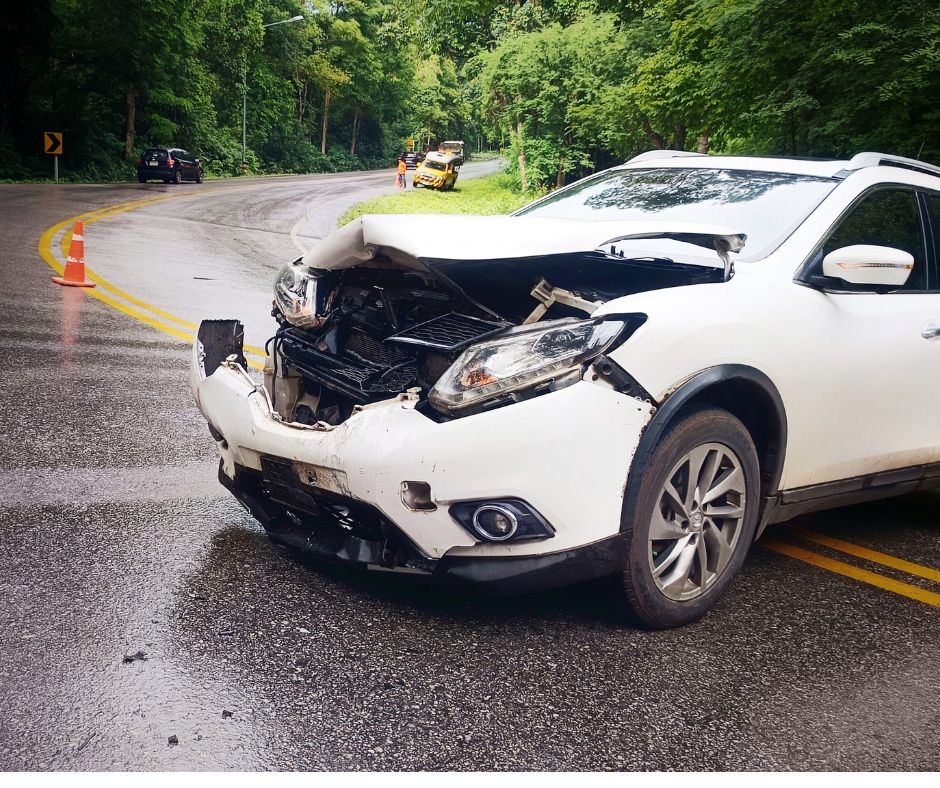After a crash, it’s normal to ask what a settlement might cover. Missed income, medical bills, and ongoing injuries can quickly take over your day-to-day life. Recovery timelines can vary, and jobs don’t always allow time off. Some people need long-term care; others don’t.
People often search for average settlement amounts to compare their cases, but those numbers rarely reflect what’s actually recoverable. In reality, the average car accident settlement in California depends on the details—your injuries, your expenses, and who caused the crash.
At Silva Injury Law, our California auto accident lawyers help injured clients throughout the state sort through those details. What to expect from a car accident settlement in California isn’t found in an average—it’s in the facts of your case.
For a free consultation, please call (209) 600-4389 or fill out our online form today.
Economic Damages: The Numbers You Can Track
Economic damages are the losses from an accident that have tangible monetary value. These kinds of damages have receipts attached—and they often make up the largest part of your claim.
Here’s what to include:
- Hospital stays and emergency care,
- Follow-up appointments and procedures,
- Prescription medication,
- Physical therapy or rehabilitation,
- Future medical needs tied to the crash,
- Missed paychecks and lost job opportunities,
- Long-term loss of earning ability,
- Damage to your vehicle or other property, and
- Household help or home modifications.
When people ask what is the average settlement for a car accident, these economic damages often make up a large part of the answer. To help ensure accurate calculation of your costs, keep all receipts and pay stubs you receive after the accident. In California, other out-of-pocket costs related to the crash can also be included in a settlement as economic damages. As long as your accident directly caused the expense, you should include it.
Noneconomic Damages: Losses Without a Price Tag
Not all losses fit on a receipt. California law allows injured drivers to recover damages for pain and other life disruptions caused by someone else’s negligence. This type of compensation is called noneconomic damages. Although noneconomic damages don’t have a predetermined outcome with set dollar amounts, they can significantly influence a settlement.
Noneconomic damages you may be entitled to recover include:
- Physical pain;
- Emotional distress or trauma;
- Sleep disruptions;
- Loss of companionship or intimacy;
- Loss of enjoyment of hobbies, travel, or exercise;
- Ongoing anxiety or depression; and
- Permanent disfigurement or disability.
California does not cap the noneconomic damages victims can recover in most car accident cases. That means these losses play a major role in determining how much to expect from a car accident settlement in California cases. Attorneys often rely on witness statements, expert evaluations, and medical records to support these parts of the claim.
How Fault Affects Your Car Accident Settlement Amount
California follows a comparative negligence rule. That means your compensation can decrease according to your percentage of fault in the accident. Even if you were partly responsible for the crash, you can still recover damages. However, the more blame you share, the less money you’ll receive.
Let’s say your damages total $100,000 and you’re found to be 30% at fault. Your settlement would be reduced by 30%, meaning you’d recover $70,000.
Insurance companies often try to assign extra blame to accident victims to lower their payout. That’s where a California car accident attorney makes a difference—by gathering dashcam footage, witness testimony, and crash scene evidence, a lawyer can fight to hold the at-fault party accountable.
Timeline Factors: Why Some Settlements Take Longer
Some settlements resolve in a few months. Others take over a year.
Some of the factors that can affect the timeline include:
- The extent of your injuries and length of treatment,
- The amount of available insurance coverage,
- Whether liability is in dispute, and
- The willingness of the other party to negotiate in good faith.
Generally, it’s best not to settle your case before your doctor confirms that your condition has improved as much as possible with treatment. However, don’t wait so long that you miss your opportunity to take legal action. California has a two-year deadline for injured victims to sue an at-fault party for compensation after an accident. Don’t delay filing a claim until you finish treatment, or else you could lose your opportunity to recover compensation entirely.
Real-World Factors That Influence Settlement Outcomes
Clients often search for car accident settlement examples in California to compare situations, but no online story reflects every angle of a real case.
Courts and insurance adjusters weigh multiple elements when evaluating what a claim is worth, including:
- The cost of medical treatment;
- An injury’s long-term impact on your ability to work;
- The type and location of the injury (e.g., head trauma vs. broken arm);
- Evidence of emotional trauma or PTSD; and
- The credibility of documentation and witnesses.
Even geography can play a role. Jury attitudes, court schedules, and insurer practices vary from one part of California to another and can all potentially influence the value of a settlement.
No Calculator Can Replace Real Case Analysis
Online searches for how much will I get from my car accident settlement rarely deliver useful answers. Settlement calculators can’t measure pain or factor in long-term wage loss. They also can’t predict how an insurance company will respond—or whether legal pressure will change the outcome.
We’ve seen cases undervalued until full documentation changed everything. Other times, early offers doubled once an attorney laid out the facts. What looks straightforward on paper may shift completely once all the details come to light.
Before making any decisions, review your case with someone who understands how California car accident claims work.
What About the “Average” Car Accident Settlement?
Searches for average car accident settlement in California often lead to misleading numbers. Some websites list dollar ranges without explaining what those cases involved. In most cases, averages are skewed by extremely high or low outcomes.
One person may recover hundreds of thousands for a permanent injury. Another may receive less for a short-term claim with minor property damage. Neither figure gives much insight into what your case may involve.
Instead of relying on averages, speak with a California car accident lawyer who can assess your medical records, income history, and crash-related expenses to understand better what your claim may be worth.
Talk to a Lawyer Before You Settle
Insurance companies make early offers for a reason. Once you accept, they close the file. That first offer may leave out future care, wage loss, or noneconomic harms entirely.
At Silva Injury Law, we examine the complete picture—what the crash cost you financially, physically, and personally—and how California law applies to your claim. We’ve helped clients across the state recover fair car accident settlement amounts backed by documentation, not averages.
Call our firm now at (209) 600-4389 or message us to schedule your free consultation. We’ll review your situation, explain what affects the value of your claim, and work to protect your rights before anything gets signed.

















 EMAIL
EMAIL  Ask AI
Ask AI  Access
Access